Written by Brittany Lynn-Korotash, MSc BSc (Hons), Special Assistant for Reorganization, IMWD
All Watershed Districts are aware of January 1st, 2020 as the day we officially aligned to watershed boundaries. For the Inter-Mountain Watershed District, this marked the beginning of a challenge unique to the program – operating one Watershed District with two distinct mandates.
Combining the Intermountain Conservation District and Turtle River Watershed Conservation District was an obvious choice since both districts co-developed the Dauphin Lake Integrated Watershed Management Plan. That is where the simplicity ended. While both Conservation Districts were formed to empower local people to manage their natural resources, the former Turtle River Watershed Conservation District (IMWD East) was established primarily to manage the land drainage system as well as crossing repairs or upgrades. Meanwhile, the former Intermountain Conservation District (IMWD West) works with landowners to deliver sustainable resource management programs, including streambank stabilization, water retention, and a tree seedling program.
This difference in mandate – infrastructure in the East vs. conservation in the West – affects all parts of the district’s operations. IMWD West typically completes a handful of larger projects per year. IMWD East also completes a handful of projects within each of its three sub-districts. The difference in number and scope of projects along with program offerings means the East and West have completely different staffing and budgetary needs. The budget in the East is larger to reflect the “extra” responsibility, but there are concerns it is not keeping up with the rising costs associated with inflation and aging infrastructure. The Board of Directors is always looking for creative ways to deliver its infrastructure mandate within a tight budget – this means staying active in the Infrastructure Working Group, keeping an eye out for external funding, and balancing the needs of our member municipalities with landowners.
The bureaucracy has also been quite complicated. The guidelines within the Watershed Districts Act dictate that the Board of Directors can only be composed of each Subcommittee’s Chairperson. There is an unequal number of sub-districts in the East and West, and that leads to unequal representation of the infrastructure and conservation perspective on the Board of Directors. As a result, it hasn’t been easy to determine which decisions should be made by which level within the organization.
Despite all of these very real challenges, the members of IMWD are optimistic about the benefits this merger will bring. Though they are currently understaffed, they look forward to utilizing the skill set of all staff across the district to increase their scope of knowledge. They expect this will open up many external funding opportunities, given the expanded experience of our team. They are also motivated to find any efficiencies in the delivery of their mandates – an arduous task in a district this large.
There has been a lot of confusion among their ratepayers because of an inconsistency in program availability across the district due to budget constraints. The IMWD is excited to use GROW funding to eliminate the gap and provide financial support for sustainable resource management practices for all landowners from Cowan to Kelwood to Bield. The tree seedling program has been especially popular right from the start and was the easiest to expand into the East. Their landowners appreciate being able to access seedlings locally while financially supporting an organization making a difference in their backyard.
In the end, these last few of years has been an adjustment, but the members and staff of the IMWD are optimistic about the future. It has never been more exciting to be in the Watershed Districts program.




